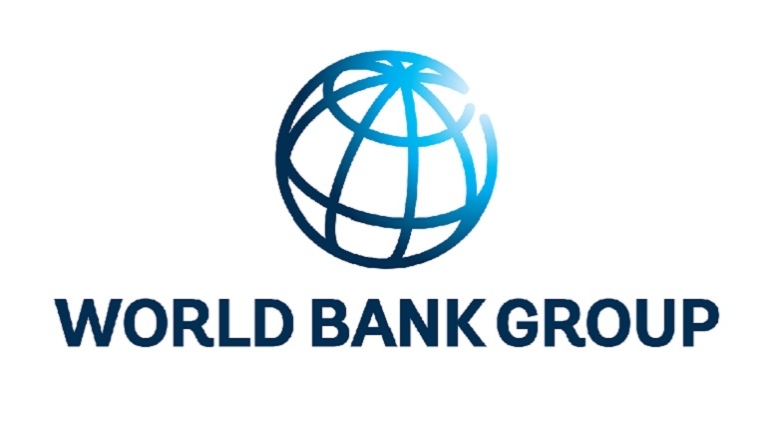Still preoccupied with emergency measures designed to stave off what some international agencies described as serious food security challenges, the Caribbean has been the recent recipient of what is perhaps a surprisingly upbeat 2024 prognosis for its economic prospects, going forward, from the World Bank. In its recently published Global Economic Prospects Report for 2024, the Bank asserts that for all its recent – and in some instances – ongoing economic challenges – Caribbean economies remain poised for some measure of growth in both 2024 and 2025. The upbeat news for Caribbean economies comes even as the World Bank recounts the economic squeeze felt by the region last year which was characterized by a notable economic slowdown that brought with it some debilitating consequences for many of the countries in the region.

Whereas Guyana, which is currently experiencing an oil-driven resource boom is exempted from the difficult economic times confronting the rest of the region, the remaining territories are, according to the World Bank’s assessment, still anticipated to grow by 4.1 per cent in 2024 and 3.9 per cent in 2025. This growth, it says, is linked in part to the continual strengthening of the Caribbean’s tourism sector which has received plaudits for serving the region well in the post-Covid period. Beyond the English-speaking Caribbean, the World Bank forecasts what it describes as “a consistent growth trajectory for Central America with growth rates of 3.7 per cent projected for 2024 and 3.8 per cent for 2025.” This outlook is credited mostly to an anticipated increase in remittances during the year ahead.
In the longer term, however, the Bank proffers a more sobering prognosis for Central America, alluding to diminishing potential for economic growth due to declining total factor productivity and an aging population. If cautious optimism is the underlying sentiment that underlines the World Ban’s prognosis, it does little to conceal what it sees of a generous measure of risks and uncertainties. While the report paints a cautiously optimistic picture of the region’s economic prospects, it is not without its fair share of risks and uncertainties. Here, it draws attention to potential disruptions arising out of what it sees as geopolitical tensions, particularly in the Middle East, which could trigger fluctuations in energy markets and drive up oil prices.
The Report also alludes to other concerns linked to extreme weather events associated with climate change, which events it sees as posing significant threats to climate-sensitive sectors like agriculture, energy, and fishing. From a wider global perspective, the report also points to what it sees as the likely far-reaching consequences of an unforeseen deceleration in China’s economic growth, which it says could have considerable spillover effects on external demand and, consequently, impact the region’s commodity exports.






